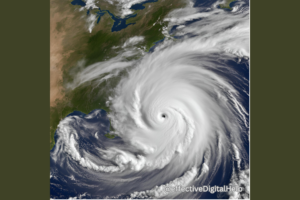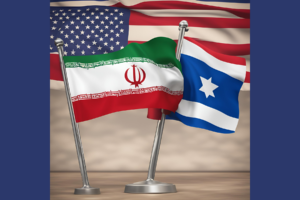Truth * Facts * Researched

100,000 Simulations: NASA’s Key to Sunita Williams’ Safe Return
Unconfirmed Return After Starliner Docking
Over a month has passed since astronauts Sunita Williams and Butch Wilmore docked at the International Space Station (ISS) aboard the Starliner spacecraft, but their return date remains unconfirmed. NASA and Boeing are closely collaborating, continuing essential tests to ensure a safe return for the crew.
Extensive Testing Since the Crew Flight Test (CFT) Launch
Since the June 5 launch of Starliner’s Crew Flight Test (CFT), Boeing and NASA have undertaken extensive testing. This includes nearly 100,000 computer simulations that factor in every potential scenario the spacecraft may encounter during undocking, deorbit burn, and landing. These tests are part of a comprehensive effort to validate the spacecraft’s performance and ensure crew safety.
Orbital Maneuvering and Thruster Assessments
A key focus of the testing has been the Orbital Maneuvering and Attitude Control (OMAC) engines, which are critical for executing the deorbit burn required to bring the spacecraft back to Earth. New tools have been employed to study possible degradation of the Reaction Control System (RCS) thrusters. This analysis demonstrates Starliner’s ability to perform a successful deorbit burn even in challenging conditions.
Hardware and Software Testing at ASIL
In addition to the computer models, Boeing has carried out extensive hardware and software tests. This includes nine hardware-software integrated tabletop simulations, 18 runs, and 230 hours of testing in the Avionics and Software Integration Lab (ASIL). These tests are crucial to ensure the spacecraft’s systems function smoothly together. A significant milestone was the integrated undocking simulation, which brought together astronauts, CST-100 flight controllers, ISS flight controllers, and engineers. This real-world scenario provided valuable data and hands-on experience for all teams involved.
Backup Training and Thruster Inspections
To further enhance preparedness, Commander Butch Wilmore completed three backup control entry training sessions using Boeing’s onboard crew training simulator. This ensures he is fully equipped to handle any unforeseen challenges during re-entry.
Additionally, thorough inspections of a previously built Service Module confirmed that 27 of 28 RCS thrusters are functioning properly. The spacecraft’s propulsion system retains redundancy, with stable helium levels—key elements for a safe return.
Confidence in Starliner’s Return Capabilities
Boeing remains confident in Starliner’s ability to safely bring the crew home. Extensive testing, analysis, and reviews have reinforced the spacecraft’s readiness for undocking and landing. The data collected has helped resolve issues related to the helium and thruster systems, ensuring a strong flight rationale for the crew’s return.
Awaiting Official Return Date
An official return date for astronauts Sunita Williams, Butch Wilmore, and their crew is expected to be announced in the coming days, as NASA and Boeing complete final assessments.



